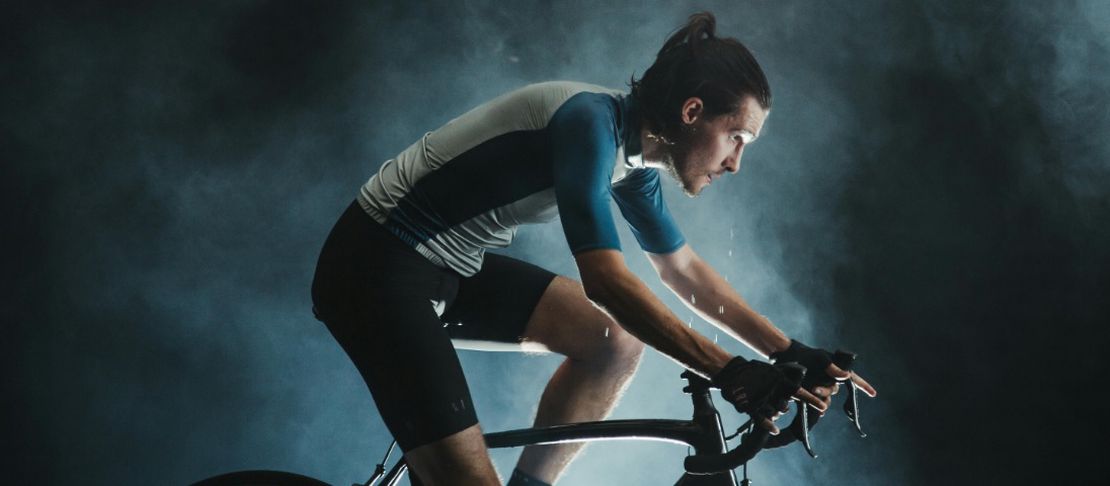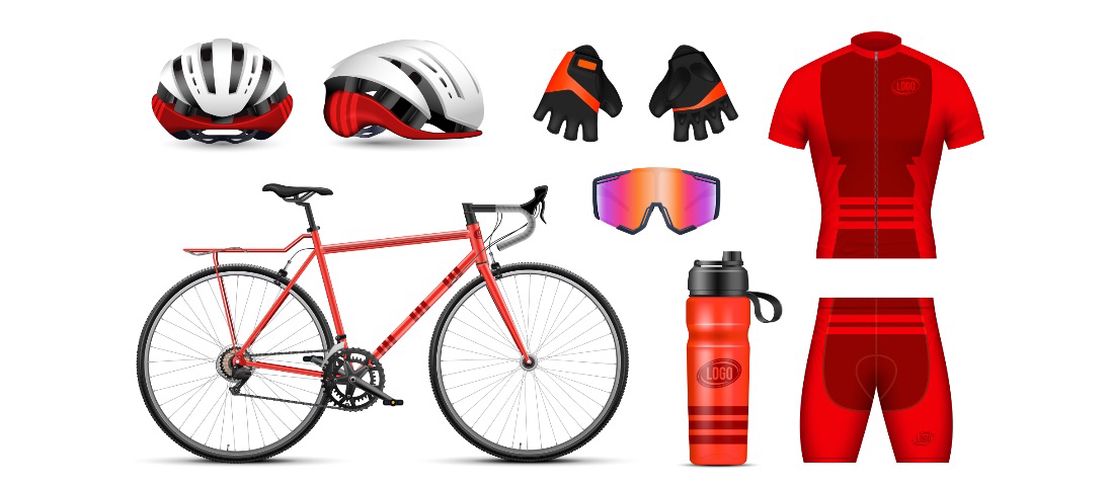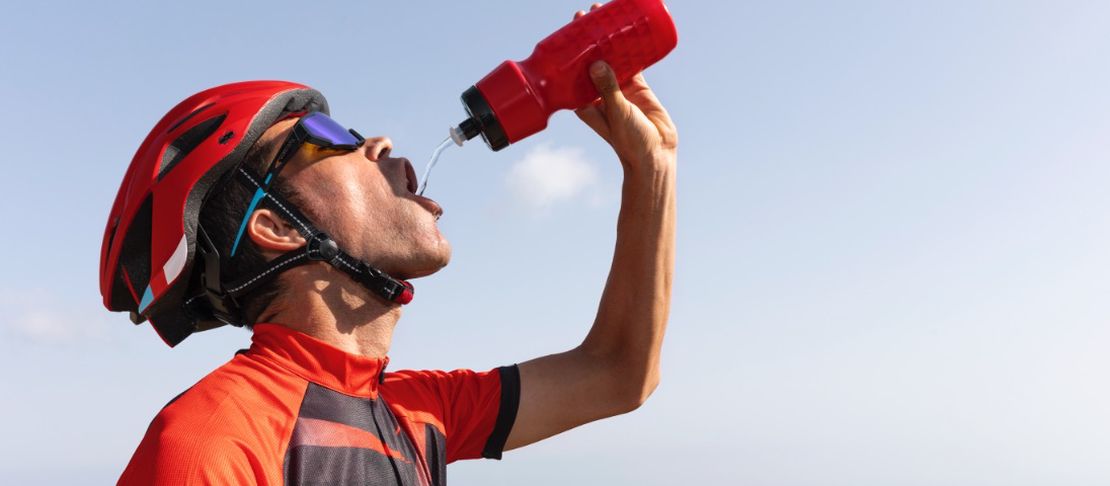
Why a Bike Fit Is More Important Than You Think
- Axel Rivera
- Training tips
- May 4, 2025
Let’s set the scene. You’re out on a ride, nothing too crazy, just your usual weekend loop—and by mile 10, your hands are numb. By mile 20, your lower back is tight, your knees ache, and you’re counting the miles not with excitement, but with dread. Sound familiar?
Here’s the truth: that discomfort isn’t just part of getting older or pushing hard. It’s a sign your bike doesn’t quite fit you—or that your fit hasn’t kept up with you over time.
When I first heard about bike fitting, I was skeptical. Why spend money on something I thought I could eyeball myself? But after ignoring the warning signs for too long, I finally gave it a try—and wow, I wish I’d done it sooner.
Why a Bike Fit Matters (More Than You Think)
Bike fitting isn’t just for pros or hardcore racers. It’s for everyone who spends time on a bike—whether you’re commuting, cruising, or training for an event.
Here’s why:
Injury Prevention
A poor fit can lead to repetitive stress injuries over time. We’re talking knees, hips, back, neck—all the places you don’t want nagging pain.
Improved Comfort
You’ll ride longer and more often if you’re not shifting around to relieve pressure or stop numbness. It’s the difference between “I can’t wait to get back on the bike” and “Ugh, maybe next weekend.”
Better Performance
Even if you’re not chasing Strava segments, a good fit helps you use your energy more efficiently. That means faster, smoother, and more enjoyable rides.
Common Myths About Bike Fits
Let’s bust a few myths right now:
“I’m not a serious cyclist, so I don’t need a fit.”
Wrong! Anyone who rides regularly can benefit, and arguably needs, a proper fit.
“Bike fits are only necessary if you race.”
Nope. Comfort and injury prevention matter whether you’re racing or just riding to the coffee shop.
“I can perfectly adjust my bike myself just by feel.”
Sure, you can tinker. But without the right tools and experience, you’re probably leaving a lot of comfort and efficiency on the table.
I’ll admit, when I first saw a $300 price tag for a full fit, I hesitated. But I later discovered there are more affordable basic fits—and they still make a huge difference.
Key Elements of a Proper Bike Fit
Here’s what’s typically adjusted during a professional fit:
Saddle Height and Position
Even a few millimeters can change how effectively you pedal and whether your knees stay happy.
Handlebar Reach and Drop
This sets up your posture, preventing neck and back strain while keeping you stable and in control.
Cleat Alignment
For those using clipless pedals, proper cleat setup reduces stress on your knees and ensures your power goes straight to the pedals.
Note
Pros often use tools like plumb lines, goniometers, laser levels, and measuring tape—but don’t worry, you don’t need to understand the tools; the fitter does.
Bike Fit Options: Basic vs. Full
There are generally two levels of professional fitting:
Basic Fit ($100, ~1 hour)
Focuses on foundational adjustments like saddle height, reach, and cleats. Perfect for beginners or casual riders.
Full Fit ($250–$300, ~3 hours)
A deep-dive, personalized assessment that considers your riding goals, history, flexibility, and biomechanics.
Tip
If you’re just starting out, start with a basic fit. Ride for a while, discover what you enjoy, and then consider a full fit once you’re pushing more miles.
When Should You Get (or Refresh) a Bike Fit?
Here’s when you know it’s time for a first or updated fit:
- You have persistent pain or discomfort—especially in the back, knees, hips, neck, or wrists.
- You feel cramped, stretched out, or generally inefficient on the bike.
- You’ve significantly increased your riding frequency, distance, or intensity.
- You’ve experienced physical changes—weight loss, weight gain, age-related posture shifts, injury recovery, or changes in flexibility.
- You’ve switched bikes, upgraded components, or changed riding styles (like moving from endurance riding to gravel or racing).
Here’s something many cyclists overlook: your fit isn’t permanent.
Just like your fitness level or body shape, your optimal bike position can shift over time. Maybe you’ve improved your flexibility, or maybe you’ve lost some. Maybe you gained muscle from cross-training, or your core strength has changed with age. All of this affects how you interact with your bike.
That means a fit that was perfect two years ago might now be slightly off — and over long miles, small misalignments can turn into big discomfort.
Tip
Recheck your fit every 1–2 years, or sooner if you notice new discomfort, big body changes, or major bike upgrades. It’s like a bike tune-up, but for your body.
DIY Bike Fit: An Affordable but Imperfect Alternative
Yes, there are YouTube tutorials and online guides. You can adjust things like saddle height on your own, but the reality is:
- Simple changes like seat adjustments are easier to DIY.
- Complex adjustments (like stem length or cleat angle) usually require experience and precision.
- Trial-and-error takes time and can cause more frustration or discomfort before you get it right.
A professional fit saves you from guessing—and, in the long run, it’s often the better investment.
My Bike Fit Journey
I started out on a Trek FX3 hybrid. At first, I adjusted things myself: eyeballing saddle height, sliding it back and forth, and hoping for the best.
After six months, I upgraded to a Specialized Roubaix. I hesitated to shell out $300 for a full fit, so I went with a basic fit at my local bike shop. The result? Immediate improvement: less knee pain, smoother pedaling, and more confidence.
Two years later, as my mileage climbed and my legs got stronger, I noticed my pedaling felt increasingly constrained. That’s when I realized I was overdue for a tune-up. I invested in a full fit with one of the most recommended fitters in Central Florida. The funny part? The final changes were tiny — a half-inch saddle raise, a slight slide back, and a small handlebar rotation—but they made a huge difference. I was back to riding pain-free on a bike that finally felt made for me.
Conclusion
A proper bike fit is one of the smartest, most empowering moves you can make as a cyclist—no matter your experience level. It’s the key to riding comfortably, preventing injuries, and unlocking your true potential on the bike.
But remember: bike fits aren’t one-and-done. As your body, fitness, and goals evolve, so should your fit. Check in with your fitter every couple of years (or after big life or body changes) to make sure your bike keeps serving you well.
Make bike fitting a priority, and keep it updated over time — your body, your rides, and your future self will thank you.


